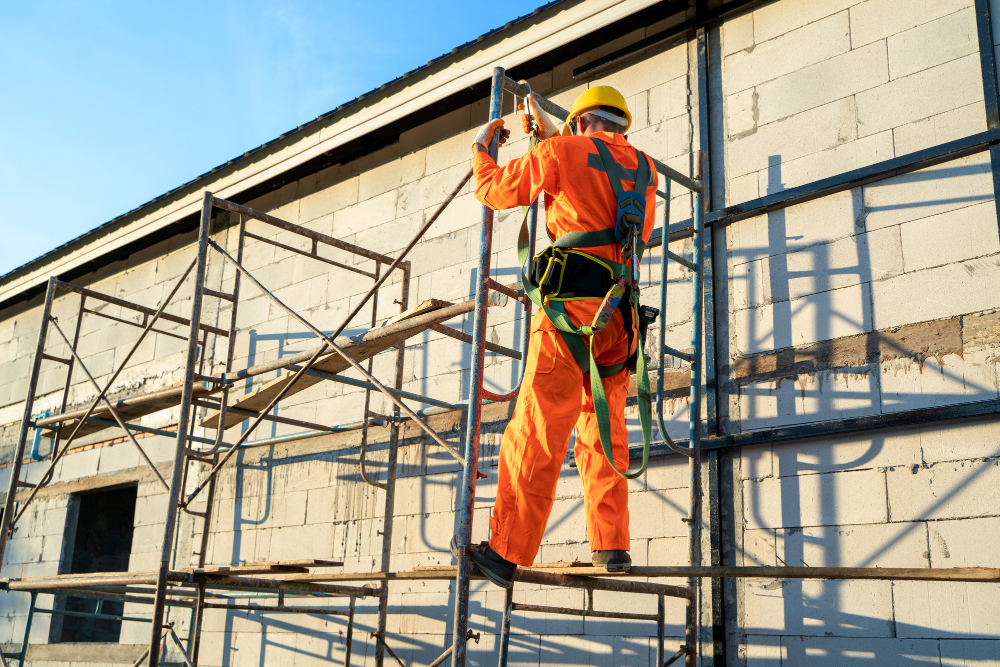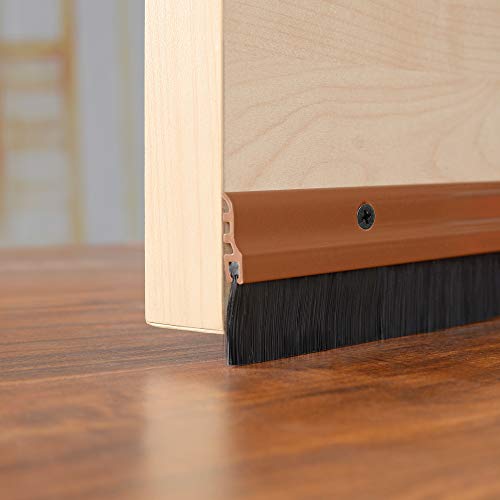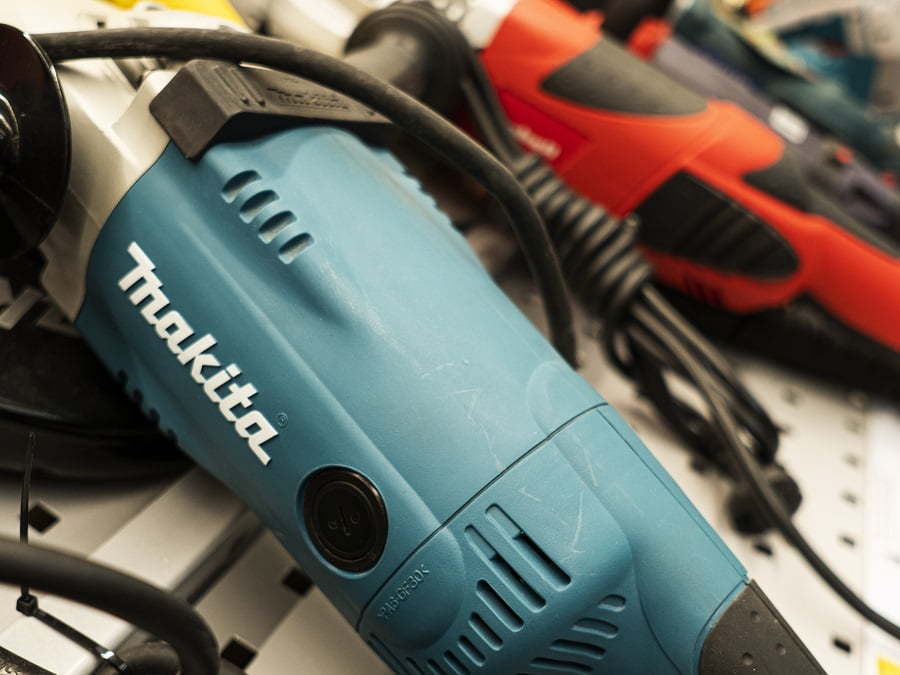Last updated on
The humble utility knife is irreplaceable in almost any home project. Please get to know the safety tips before using this tool. Read on!
When it comes to utility knives, you might think of “safe” and “knife” as mutually exclusive terms. But actually, safe and durable utility knives are used in a plethora of applications, from warehouses to grocery stores to scrapbooking, and just about everything in between.
For workers in many industries, utility knives are required hand tools of the trade. Just like their name suggests, utility knives are versatile, practical, and also portable. They’re often used to open cardboard boxes, cut raw materials, trim plastic, slice pallet wrap, smooth edges, and more. Household uses range from arts and crafts to DIY home projects.
But despite their usefulness, utility knives can also be extremely dangerous: lacerations are one of the most common workplace injuries. They are also, fortunately, one of the most preventable.
Here are five simple tips to reduce utility-knife injuries and use the tools safely.
Choose the Right Tool for the Job

Utility knives come in many different shapes, sizes, and styles. Some are ideal for crafting while others are meant for industrial applications. There are blades designed specifically for cutting certain types of materials, such as corrugated packaging or plastic. There are even tools for those who need the strength and durability of a utility knife but are looking for a smaller handle offering more control in narrow spaces.
You wouldn’t use a chainsaw to cut wildflowers; similarly, not all utility knives are intended for all tasks. Some might be too much knife for a job, some might be not enough, and still others might just be the wrong tool altogether—and all can be dangerous.
Therefore, the first and most important safety tip is to choose the utility knife and blade that’s best for your purpose and project. It also bears mentioning that the converse is true. You should not use a utility knife for anything other than its intended purpose.
Choose a Safe, Quality Knife
Next, consider safety features. Not all utility knives are created equal. Some manufacturers have invested heavily in technology and materials, in an effort to create cutting tools that are specifically designed to make clean and precise cuts but to still keep you safe. Look for utility knives with smart-retracting blade controls, folding handles, ergonomic options, and finger-friendly blades. A safer blade changes the whole picture and there’s really nothing better you can do for safety than to buy a safer blade.
For box cutter-type utility knives, look for a tool that minimizes blade exposure, thereby reducing the risk of injury. For others, choose a utility knife with a blade that can make a clean cut in one pass, and which also reduces blade exposure and the potential for injury.
You probably won’t find these safety features and durable materials on a box cutter from the dollar store, so this is one case where it’s worth investing more in return for quality and safety.
Wear Adequate Personal Protective Equipment
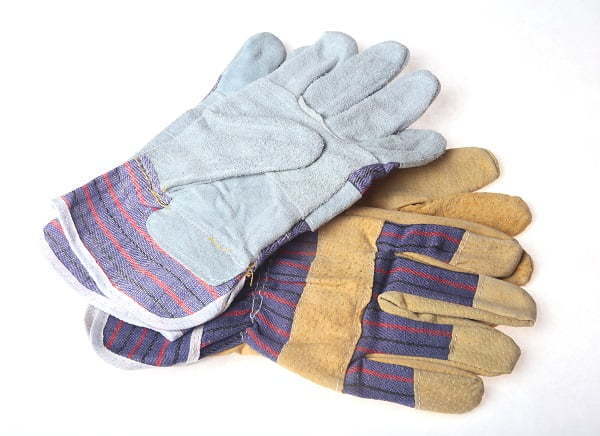
Depending on the utility knife, cutting material, and the work environment, personal protective equipment can help to prevent lacerations, cuts, and other injuries when using a utility knife.
Cut-resistant safety gloves and protective eyewear are the most common safety equipment to help defend against utility knife injuries.
Store Your Tools Appropriately
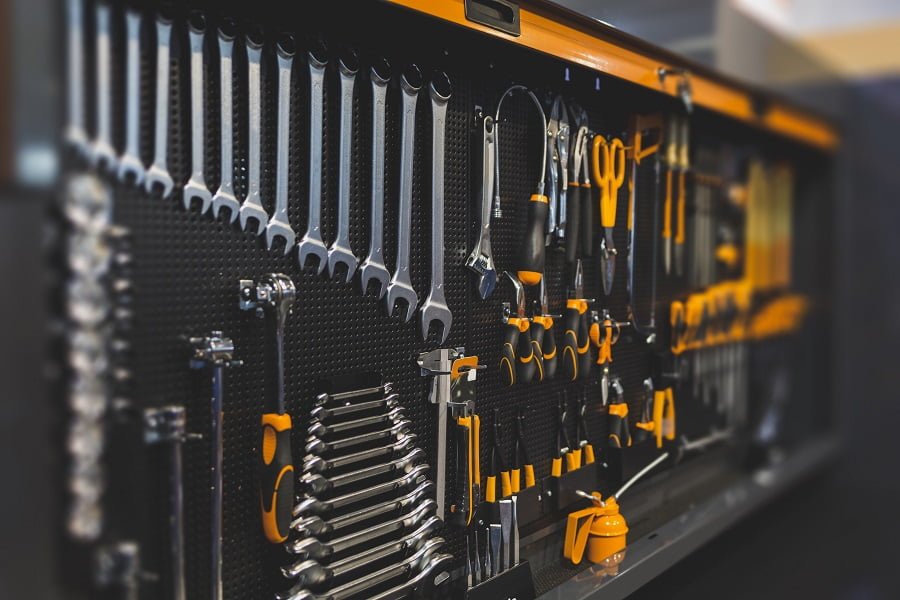
Another way to easily avoid accidental cuts from a utility knife is to put it away safely. Dispose of used blades in a safe and appropriate puncture-resistant container.
If the blade can retract, make sure it does before storage. If it has a cap or guard, make sure it’s securely attached. Store it in a safe, clearly identified place. Never toss a utility knife into a drawer—or hand it to another person—with the blade extended. It goes without saying that you should never throw a tool with a blade, or try to catch one if it’s falling.
And when you take a utility knife out of storage, inspect it before using again. Be sure the blade is intact, and positioned the right way in the handle. Always follow the manufacturer’s instructions with regard to storage and replacing blades.
Handle with Care
This might seem like a no-brainer, but think about it: Even a “safer” smart-retracting utility knife is only safer in the hands of someone who knows how it works and uses it properly.
Don’t forget that ultimately, a utility knife is still a blade designed for cutting. To avoid injury with a utility knife, read the instructions and warnings carefully, handle them with caution and respect, and always keep these safety tips in mind.
Recap
Liked this article? Here's what you can read next:

